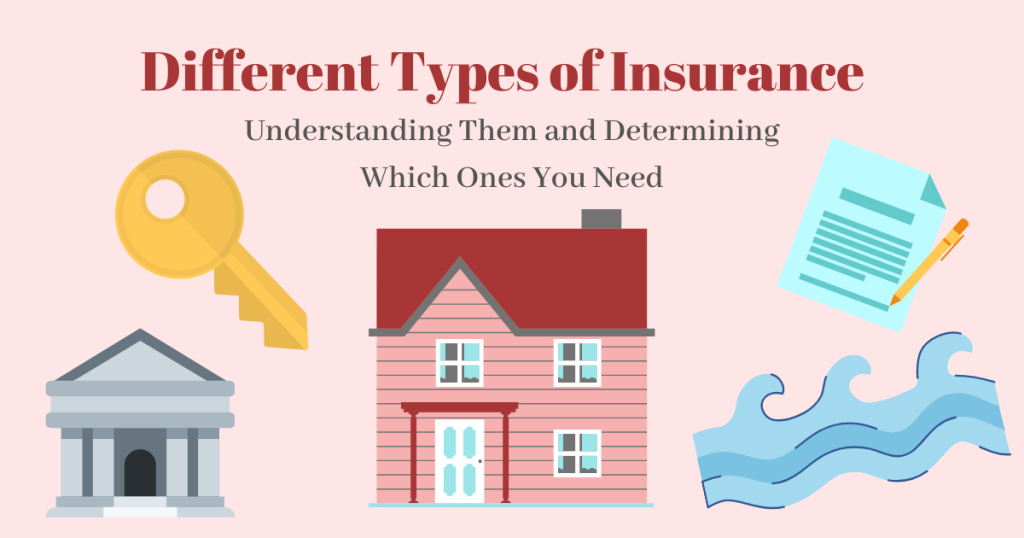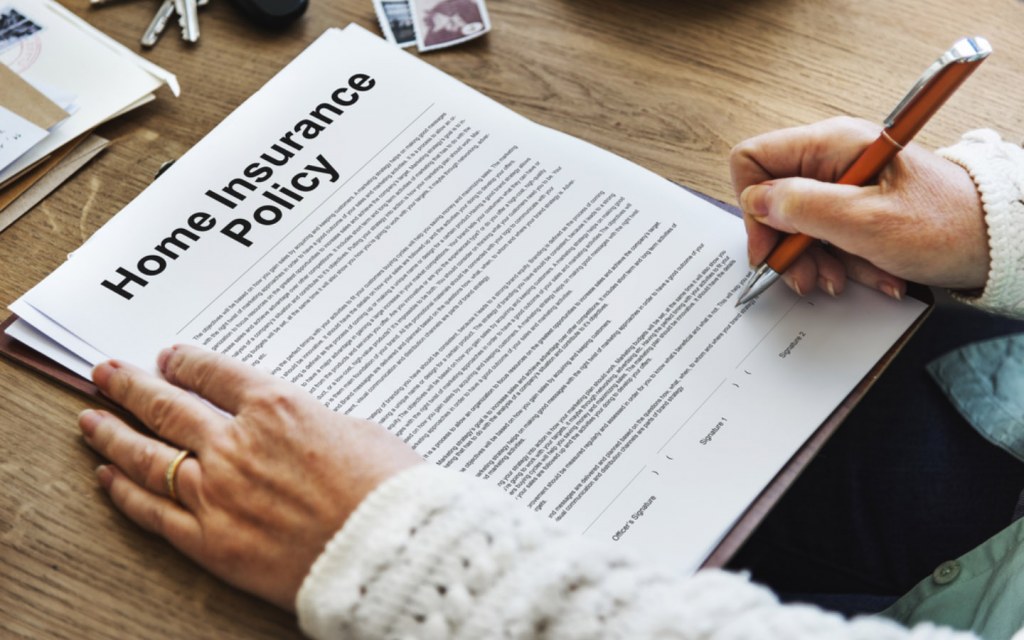Buying a home is one of the biggest investments you have already made or will make, and it is important to protect that investment with home insurance. Home insurance provides protection for your home and personal property in the event of unexpected events such as fire, theft or natural disasters. However, given the many different types of home insurance policies and coverage options, it can be difficult to find the right policy. In this guide, WisdomSpoon gives you a comprehensive overview of home insurance in the United States and tips on how to choose the best policy for your needs.

Understand the Types of Home Insurance Policies Available
There are several types of home insurance policies available, including:
- HO-1: A basic policy that provides limited coverage for a few specific perils, such as fire and theft.
- HO-2: A broad policy that provides coverage for more perils than HO-1, including damage caused by falling objects or water damage from plumbing, heating, or air conditioning systems.
- HO-3: The most common type of policy, which provides comprehensive coverage for your home and personal property, excluding certain exclusions specified in the policy.
- HO-4: Renters insurance, which provides coverage for your personal property in a rented apartment or house.
- HO-5: A premium policy that provides more comprehensive coverage than HO-3, including coverage for high-value personal property items.
- HO-6: Condo insurance, which provides coverage for the interior of your unit and personal property.
- HO-7: A policy designed for mobile homes, which provides coverage for the home and personal property.
- HO-8: A policy designed for older homes that may not meet current building code standards, which provides coverage based on the actual cash value of the home.

Determine the Coverage You Need
Once you have the knowledge of different types of home insurance policies available in the market, you need to determine the coverage you need. This will depend on several factors, including the value of your home and personal property, the area you live in and any specific risks you want to protect your property against.
- Dwelling Coverage: This covers the cost of repairing or rebuilding your home if it is damaged or destroyed by a covered peril. You’ll need to ensure that your coverage limit is enough to cover the cost of rebuilding your home if it’s completely destroyed.
- Personal Property Coverage: This covers the cost of replacing your personal property if it’s stolen or damaged by a covered peril. You’ll need to determine the value of your personal property and ensure that your coverage limit is enough to cover the cost of replacing it.
- Liability Coverage: This provides coverage if someone is injured on your property and sues you for damages. You’ll need to ensure that your coverage limit is high enough to protect your assets in the event of a lawsuit.
- Additional Living Expenses Coverage: This provides coverage for additional expenses you may incur if you need to temporarily relocate due to damage to your home.

Understand What’s Covered and What’s Not
It’s important to understand what’s covered and what’s not covered by your home insurance policy. Some common exclusions include:
- Floods: Flood damage is typically not covered by standard home insurance policies. You’ll need to purchase a separate flood insurance policy if you live in a flood-prone area.
- Earthquakes: Earthquake damage is typically not covered by standard home insurance policies. You’ll need to purchase a separate earthquake insurance policy if you live in an earthquake-prone area.
- Sewer Backup: Damage caused by a sewer backup is typically not covered by standard home insurance policies. You’ll need to purchase a separate sewer backup endorsement if you want coverage for this peril.
- Mold: Mold damage may or may not be covered by your home insurance policy. Some policies may provide limited coverage for mold damage, while others may exclude it entirely.
It’s important to review your policy carefully to understand what’s covered and what’s not covered. If you have any questions or concerns, be sure to contact your insurance agent or company for clarification.
Shop Around for the Best Policy
Once you know what type of coverage you need and what’s covered by your policy, it’s time to shop around for the best policy. Be sure to get quotes from several different insurance companies to compare coverage and rates.
When comparing policies, be sure to look at:
- Coverage Limits: Ensure that the coverage limits for each policy are sufficient to meet your needs.
- Deductibles: Consider the amount of the deductible for each policy. A higher deductible will result in lower premiums, but you’ll need to pay more out of pocket if you file a claim.
- Discounts: Check to see if each insurance company offers any discounts that you may be eligible for, such as a bundling discount for combining your home and auto insurance.
- Customer Service: Look for an insurance company with a good reputation for customer service. You want to be sure that you’ll be able to easily file a claim and get the help you need in the event of an emergency.
Review and Update Your Policy Annually
It’s important to review and update your home insurance policy annually to ensure that it still meets your needs. As your home and personal property value changes, you may need to adjust your coverage limits. Additionally, if you make any significant improvements to your home, such as adding a new roof or installing a security system, you may be eligible for discounts or changes to your coverage.
Conclusion
Home insurance is an important protection for your home and personal property. By knowing what types of policies are available, what coverage you need and shopping around for the best policy, you can make sure you have the coverage you need to protect your investment and give you satisfaction. It is important to review and update your policy annually to ensure it continues to meet your needs and provide you with the protection you need in the event of an unexpected event. If you have any questions or concerns about home insurance, please contact your insurance agent or insurance company for assistance.

